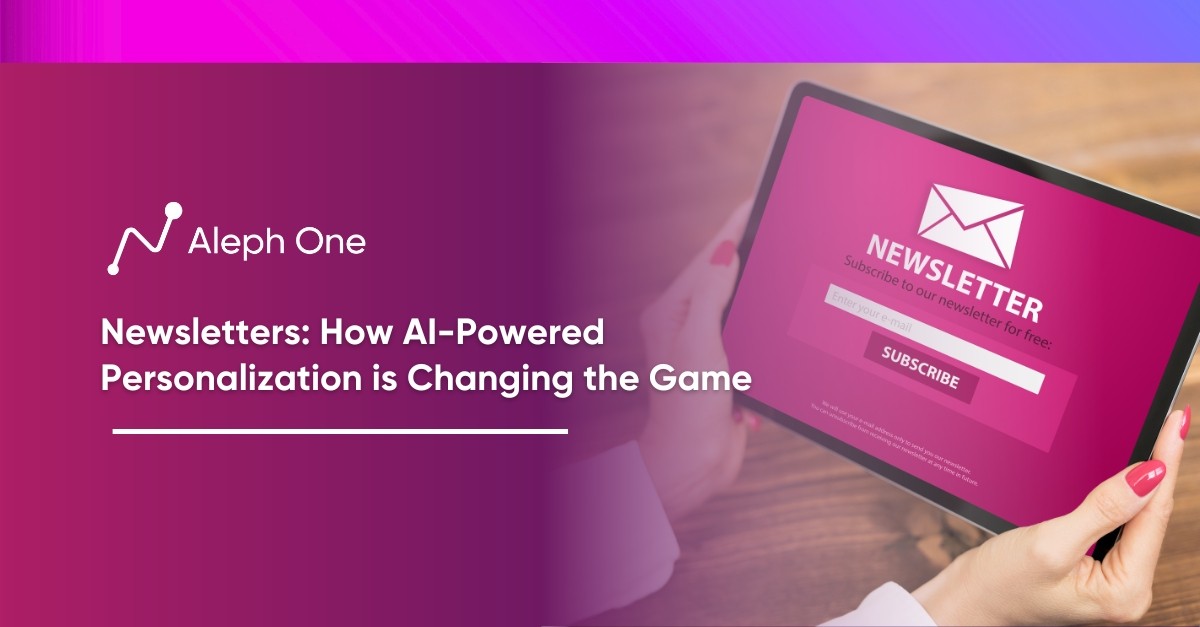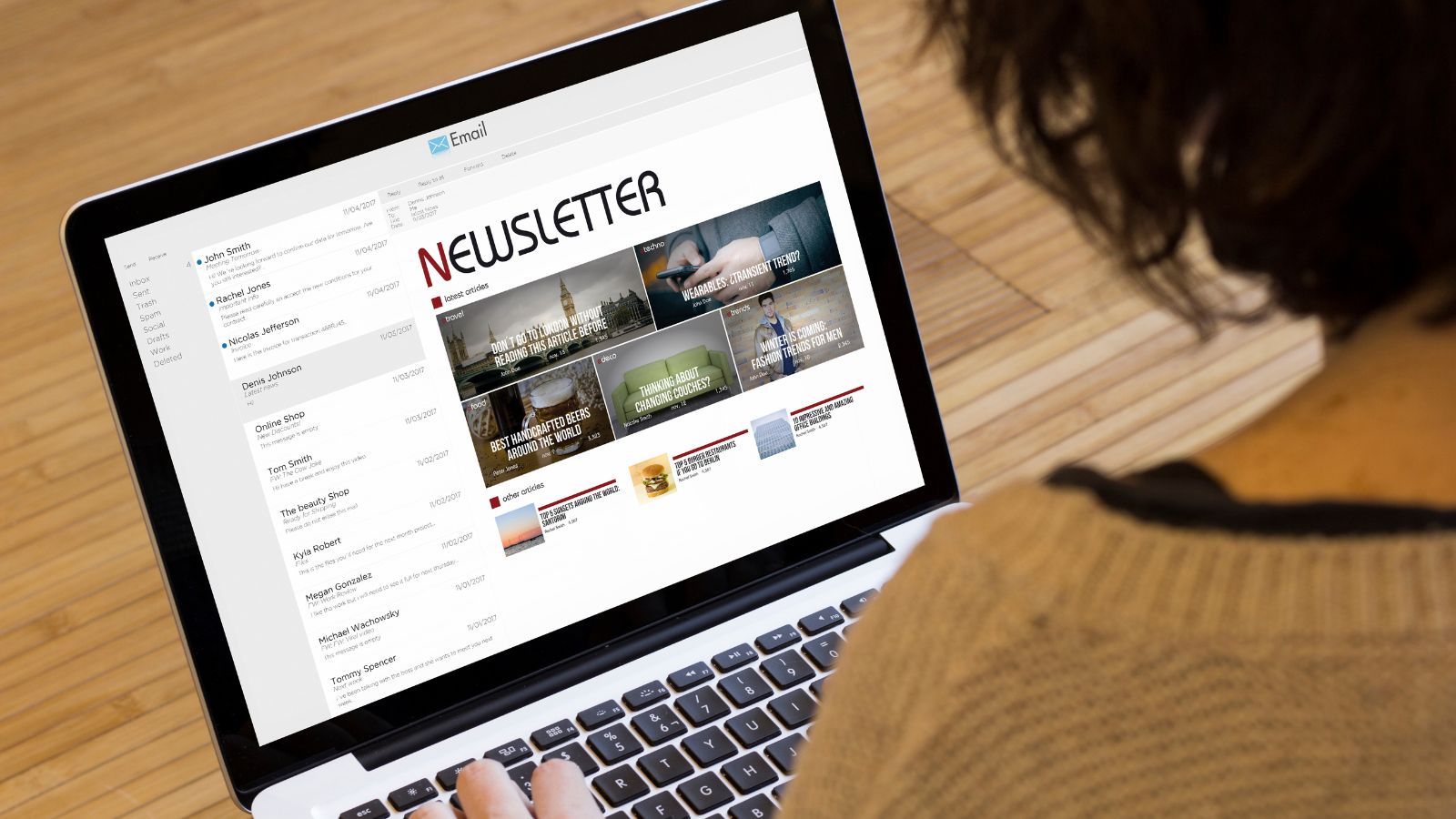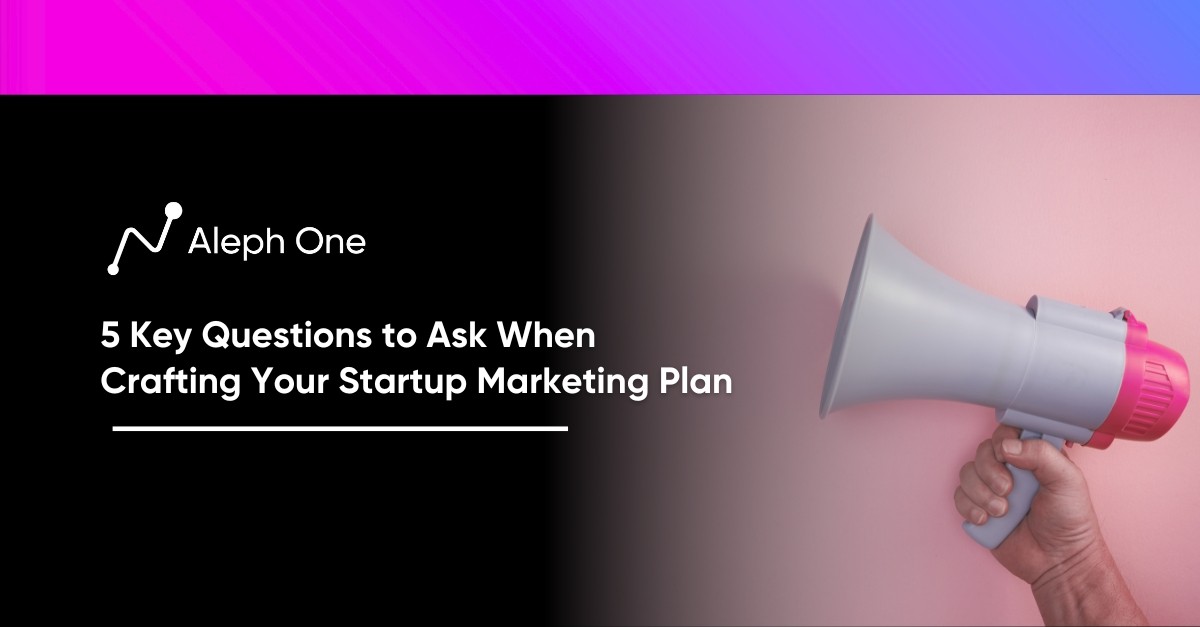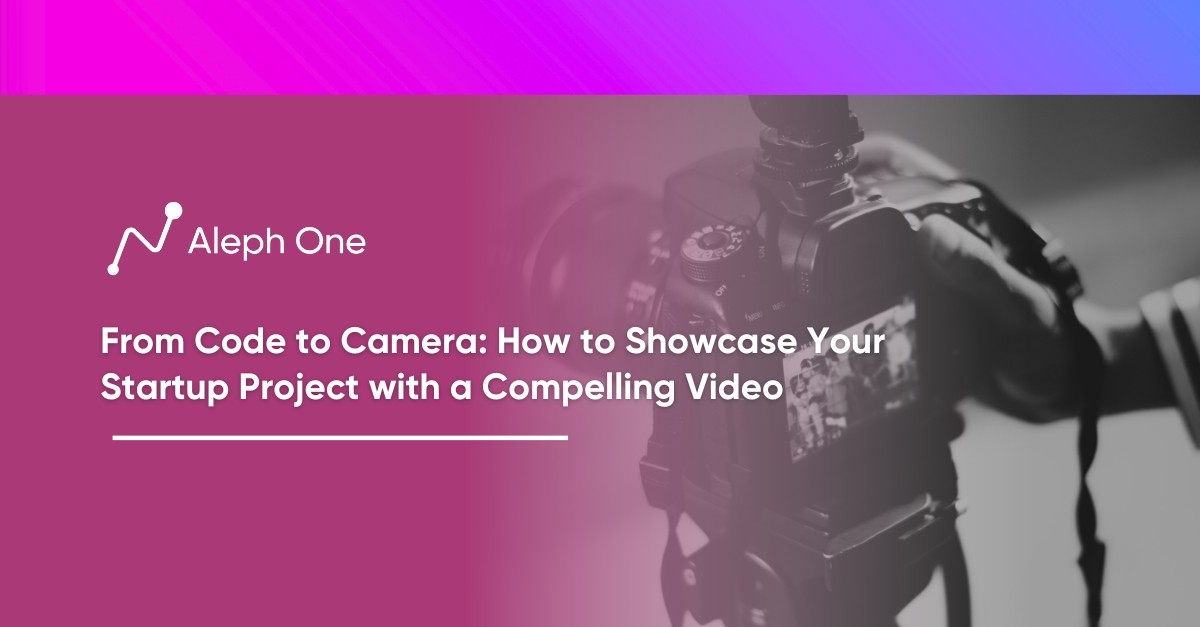Let’s work together to build something amazing. Share your project details and our team will reply to figure out the next steps to your success.

In an era of information overload, newsletters are undergoing a radical transformation. The fusion of artificial intelligence and personalization has unleashed a new wave of tailored communication. From humble beginnings with mail merging, through the evolution of web analytics and recommendation engines, we now stand at the forefront of AI’s role in crafting uniquely personalized experiences. This article explores how AI-powered personalization reshapes newsletters, enhances engagement, and forges deeper connections between content creators and their audiences.

The Rise of Personalization: How We Got Here
Personalization has been a goal for marketers and publishers for decades. Early attempts began in the 1970s with the advent of mail merging, allowing for mass mailing of personalized letters. As technology advanced, marketers gained access to more data and tools to customize communications.
Early Web Analytics in the 1990s
In the 1990s, web analytics allowed companies to track how users interacted with their websites. By the 2000s, recommendation engines like those used by Amazon and Netflix predicted what users might like based on their behaviors and those of similar customers. Still, these early personalization efforts were limited to small subsets of customers and required a lot of manual effort.
Artificial intelligence and Machine Learning in the 2010s
In the 2010s, artificial intelligence and machine learning unlocked a new level of personalization. AI systems could quickly analyze huge amounts of customer data to detect patterns and insights humans could not easily see. They allowed companies to personalize experiences for each customer automatically in real-time.
AI Personalization Today
Today, AI powers personalized product recommendations, customized content, tailored email newsletters, and more. Anthropic’s Constitutional AI uses natural language generation to craft empathetic responses for each customer. Other companies use AI for applications like personalized employee training and customized health plans.
Audience Data
The key to personalization at this level is data—and lots of it. AI systems rely on both broad audience data and individual behavioral data to determine the optimal experience for each person. Data is gathered from website interactions, email clicks, social media behaviors, and customer service transcripts.
While still an emerging field, AI-powered personalization is transforming the customer experience. When done right can lead to increased engagement, loyalty, and ROI. However, it also raises ethical questions about data privacy and consent. Companies must be transparent in collecting and using data to personalize experiences. Overall, AI has unlocked a new frontier of personalization that is changing the game for both customers and brands.
AI Unlocks Hyper-Personalization: What’s Possible Now
Artificial intelligence has enabled a new era of hyper-personalization, allowing companies to tailor content and experiences to individual customers with unprecedented precision. AI technologies like machine learning and natural language processing can analyze huge amounts of data to understand each subscriber’s unique interests, behaviors, and preferences.
Anthropic – Constitutional AI
Some of the most innovative examples of AI-powered personalization today come from companies like Anthropic, which uses Constitutional AI to generate personalized responses for each customer that are empathetic, helpful, and aligned with human values. Anthropic’s techniques allow companies to have personalized, nuanced conversations with each subscriber at scale.
Stitch Fix – Hybrid Human-AI Styling System
Other companies are using AI for hyper-personalized product recommendations. Stitch Fix, for example, has built a “hybrid human-AI styling system” that analyzes customer feedback, preferences, and fit data to curate personalized apparel selections for each subscriber. The company has found that this AI-powered personalization leads to higher customer satisfaction and lower returns.
Washington Post – Content Recommendations
In the media, companies like The Washington Post use AI to personalize content recommendations and newsletter editions for each reader. The Post’s “Bandito” tool analyzes data on what content each reader has viewed to suggest 3 to 5 personalized articles in each newsletter. Readers spend over twice as long engaged with these personalized newsletters, demonstrating the power of AI-driven personalization.
When armed with AI, companies can go beyond basic segmentation to understand and engage each customer as an individual. As AI advances, hyper-personalization will become even more sophisticated and nuanced. But with these powerful capabilities also comes the responsibility to apply them ethically and transparently, with the consent and privacy of subscribers in mind. Overall, AI has unlocked possibilities for personalization at a level of depth and scale never before possible, allowing companies to forge much stronger connections with each of their customers.
Why Personalization is a Must for Newsletters
Personalization is crucial for any modern newsletter. Generic, one-size-fits-all newsletters don’t cut through the noise and clutter in subscribers’ inboxes today. According to recent research, 80% of consumers are more likely to engage with personalized marketing messages. And personalized newsletters generate an average of 6 times higher open rates and 14 times higher click-through rates.
AI Can Tailor Messages for Each Reader
AI-powered personalization takes these benefits to the next level. By leveraging machine learning algorithms that analyze broad audience data and individual subscriber behaviors, AI can understand how to tailor messages for each reader. The AI system detects patterns to determine which content, offers, and messaging each subscriber will find most interesting and relevant.
Adapting to Subscriber Actions
For example, if a subscriber frequently opens and clicks on content related to a particular topic, the AI may select more content on that topic to include in their newsletter. Or if a subscriber routinely ignores certain types of content, the AI can avoid including that type of content in their newsletter. The AI can also personalize the newsletter design, content order, images, calls-to-action, and more based on each subscriber’s unique interests and behaviors.
Hyper-personalization Keeps Subscribers Engaged
This tailored, hyper-personalized experience keeps subscribers continuously engaged. It also helps build loyalty by demonstrating that you understand and value each subscriber as an individual. According to research from Epsilon, 80% of consumers say personalization plays an essential role in their purchasing decisions and brand loyalty.
While producing a personalized newsletter for each subscriber at scale was nearly impossible with traditional manual techniques, AI has made it achievable. AI-powered personalization allows you to customize and optimize the experience for each subscriber automatically based on the patterns detected in their data. With the help of AI, you can revolutionize your newsletter strategy to boost open rates, click-through rates, and subscriber loyalty. Personalization is the key to success.
The Future is Contextual: How AI Understands Your Audience
AI systems are getting increasingly good at understanding the context around each subscriber. Rather than relying solely on broad audience attributes like demographics or past behaviors, AI can analyze various contextual clues to determine the optimal message for each subscriber.
AI Can Analyze Patterns
For example, AI may detect that a subscriber has recently engaged by analyzing patterns in their web browsing and social media activity. With this context, the AI system can tailor the messaging in the following newsletter to focus on wedding planning resources and gift ideas. The AI may highlight career growth and networking content if a subscriber recently has a work anniversary or job promotion.
AI System Gets Smarter Over Time
AI also gets smarter as it gathers more data about each subscriber. The system comprehensively understands subscribers’ unique interests, priorities, and preferences through every interaction. As a result, messaging can become highly tailored to subscribers’ present mindsets and circumstances.
The Future of Personalized AI
In the future, AI will get even better at understanding context and predicting what information will be most relevant to each subscriber at the moment. Some possibilities include:
- Detecting life events like moving to a new home, having a baby, or facing health issues. The AI can then adjust content and tone to match the subscriber’s current situation.
- Analyzing web activity, social media posts, and other data to determine daily interests, moods, and priorities. The AI may promote certain content over others based on what it predicts will resonate most with the subscriber that day.
- Considering external factors like location, weather, traffic, sports scores, and more to personalize messaging further. The AI can integrate data from various APIs to determine how environmental context might influence a subscriber’s interests.
- Learning daily and weekly routines to anticipate what information needs and content preferences a subscriber may have at different times. Messaging can become highly contextualized to natural highs and lows in engagement.
With an increasingly sophisticated understanding of broad and contextual data, AI will enable newsletters tailored to each subscriber’s unique moment. The result is a highly relevant experience that resonates on a personal level.
Privacy Matters: The Ethics of Personalization
While AI-powered personalization promises to revolutionize the newsletter experience, it also raises ethical questions about data privacy and consent. As companies access increasing subscriber data, readers want to know how their information is collected and used. Transparency and trust are essential.
How to Ethnically Personalize Newsletter
To ethically personalize newsletters, companies should be upfront about their data collection and allow subscribers to opt in or out. Explain clearly how subscriber data is gathered and applied to personalize content. Give subscribers control over what information they share and how it’s used. Allow them to opt out of personalization if they prefer a standard newsletter experience.
Data Governance Policies
Companies should also establish strong data governance policies to ensure subscriber privacy. Only collect and apply data that is directly relevant to the newsletter experience. Keep subscriber data secure and never sell or share it with third parties without explicit consent. Monitor how AI systems use subscriber data and look for potential privacy issues.
Avoid Being Invasive
While some level of data is needed to power personalization, companies should avoid being overly invasive. Do not collect sensitive details like health conditions or financial information unless necessary. And be careful about drawing assumptions or inferences from subscriber data that could be offensive or objectionable. AI can reflect and even amplify the biases of its training data.
Be Upfront with Transparency and Consent
With the proper privacy safeguards and ethical data practices, AI-powered personalization and subscriber privacy do not have to be at odds. But transparency and consent should never be afterthoughts. Companies that are upfront in collecting and applying customer data will build the trust needed to reap the rewards of personalization. Those that cut corners on privacy risk backlash, damaged reputation, and greater regulation.
The future of personalization depends on a balanced, ethical approach to AI and data. When done right, it can lead to mutually beneficial relationships between companies and their subscribers. But success starts with putting privacy first.
Level Up Your Newsletter: How to Get Started with AI-Powered Personalization
Implementing AI-powered personalization for your newsletter is easier than ever but still requires careful planning and execution. Here are the basic steps to get started:
Choose an AI Vendor
There are many options for newsletter personalization, including vendors like Anthropic, Acumbamail, and Mailchimp AI. Evaluate vendors based on your needs and budget. Look for those with proven AI technologies, strong data privacy policies, and support for your email service provider.
Analyze Your Data
Work with your AI vendor to aggregate and analyze subscriber data from your email platform, website, social media, and other sources. Look for trends around demographics, interests, content engagement, and more. These insights will fuel your personalization efforts.
Define Your Personas
Group subscribers into segments based on your data analysis. For example, you may have segments for new subscribers, avid readers, influencers, etc. Name and describe each persona in detail to guide your content creation.
Optimize Content for Each Segment
Develop newsletter content tailored to the needs and interests of each subscriber persona. For example, send new subscribers an introductory email with your best content. Send influencers behind-the-scenes updates or sneak peeks. Continually test and refine content based on open and click rates.
Review and Improve
Monitor how subscribers engage with your personalized newsletters. Look for opportunities to refine your AI models, adjust subscriber segments, improve content, and better align with subscriber needs. Make changes gradually and continue testing the results.
Be Strategic with AI personalization and Grow Your Startup
With a strategic approach, AI-powered personalization can revolutionize your newsletter and boost your connection to every subscriber. But remember, personalization is not about algorithms alone. Human insight, judgment, and empathy are still vitally important. By combining AI with your knowledge of subscribers and newsletter goals, you can build more meaningful relationships and drive impact.
FAQ
Can you elaborate on how businesses can ethically collect user data for personalization purposes without infringing on their privacy rights?
Ethical data collection requires transparency with users about why their information is needed, what will be used, and how it will be protected. It involves clearly explaining these processes and giving users control over what data they want to share and how it will be used. Necessary safeguards must be put in place to protect this data from unauthorized access or misuse, ensuring confidentiality and security. It’s crucial to avoid gathering sensitive information that’s irrelevant to the customer experience. Ethical practices also emphasize the need for obtaining explicit consent before collecting or using personal data.
How exactly does machine learning contribute to the effectiveness of personalizing marketing strategies?
Machine learning algorithms are pivotal in analyzing broad audience data and individual user behavior, enabling marketers to customize their strategies accordingly. These algorithms can detect patterns and draw insights from large data sets, identifying what kind of content, offers, and messaging strategies would most effectively engage individual customers. Over time, machine learning systems can evaluate and optimize these strategies based on user response, ensuring that marketing efforts evolve with changing consumer preferences and behaviors.
Can you tell us more about the role of contextual understanding in improving AI-powered personalization?
Contextual understanding is crucial in AI-powered personalization as it involves analyzing the nuanced details surrounding customer interactions. For example, by understanding the context of a customer’s browsing patterns, an AI system can provide timely and relevant recommendations. Future advancements may recognize significant life events, daily routines, environmental factors, and the preferences associated with these circumstances. This results in highly personalized content that resonates with the user’s immediate needs or interests, thereby enhancing engagement and satisfaction.
Get the latest news and updates from Aleph One in your inbox.



